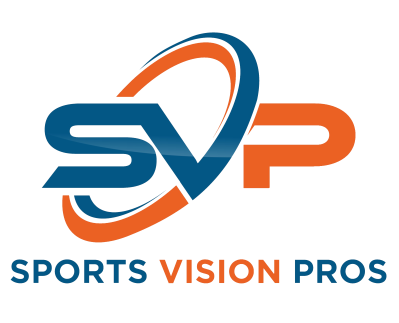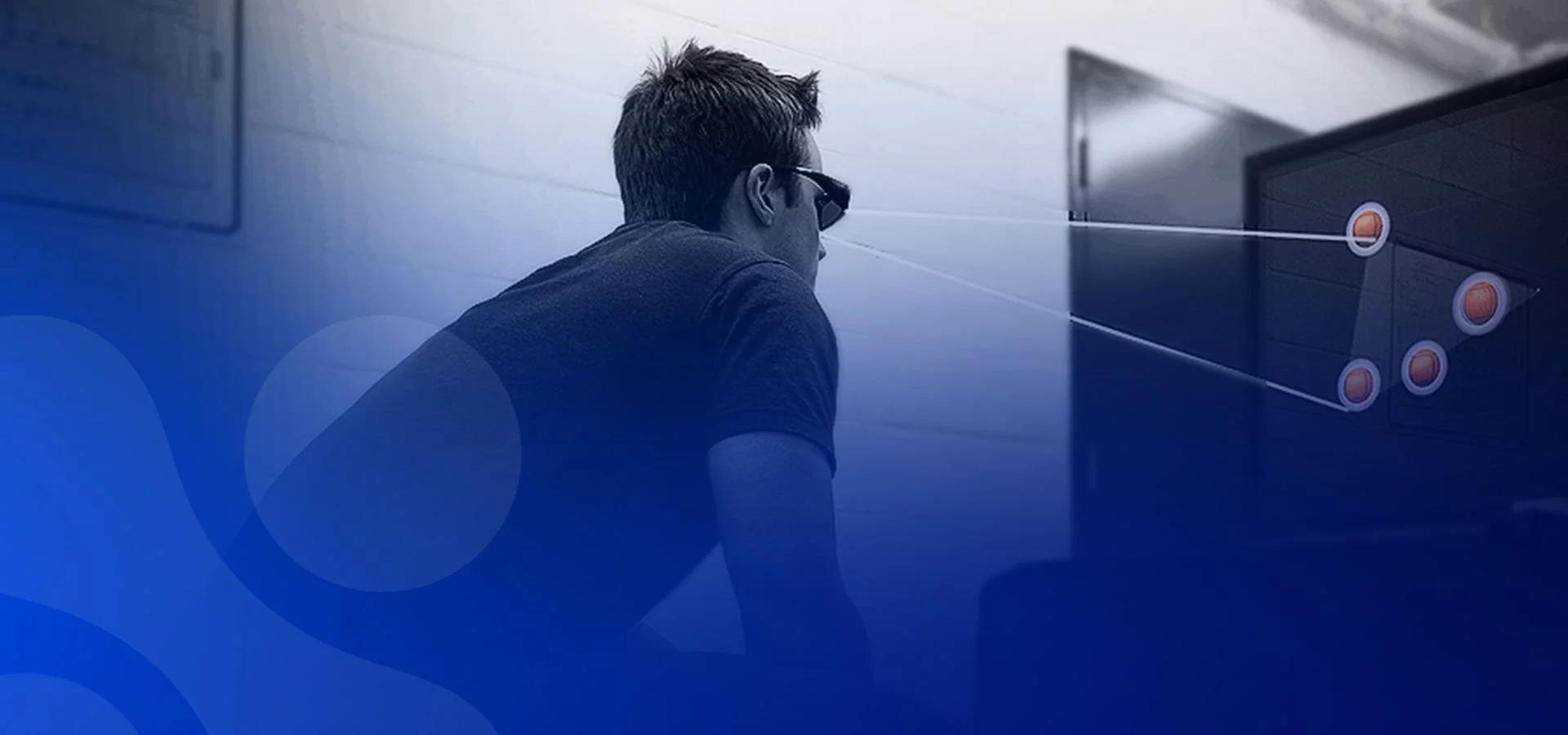Military & First Responders - Basic Training

In addition to ensuring optimal vision health, vision assessments and training can help elevate your performance even if you have no untreated vision impairments. Vision is an integral component to reaction time, balance, agility, and overall performance. If you can see the target and other threats sooner, you can react to the situation faster. If you can process multiple visual inputs more quickly, such as a moving target, other targets, and obstacles, then you can aim, maneuver, and perform more efficiently.
Incorporating some basic vision exercises and training can help start your vision training and make your overall training program more efficient.
Here are some basic exercises and training tips you may want to incorporate into your training:
Dynamic tracking - Each one of your eyes has 6 muscles that help control its movement. Just like training your skeletal muscles helps in physical performance, so too can training your eye muscles.
To make sure you focus properly on an object/ball, we often put numbers, letters or colors on the ball or objects we are training with. In this scenario, not only do you have to accept or catch the ball, but also identify the character/color before you do.
Postural vision training - It's important that you train your visual system in the position that you perform.
Multiple object/skill tracking - This drill mimics the demands of your vision system in a game situation. By making you focus on more than one thing at once, it makes each simpler individual task more difficult and prone to confusion. For example:
Catching is simple. Balance can be easy. Catching while balancing can break down both systems. Training these together can greatly improve performance.
See our Basic Training Page for videos and instructions on incorporating vision skills into your training.
Remember, these tips are simple tools to help improve basic vision performance. They will not replace an in-person comprehensive eye examination with an eye doctor or working with a vision trainer.
Partners
Follow Us
September is Sports Eye Safety Month and SVP wants to highlight a recent video with Dr. Smithson and Prevent Blindness' CEO, Jeff Todd.
Learn the crucial techniques to identify hidden issues and ensure early intervention. Knowledge is power when it comes to brain heal. Check out this important video message from Dr.Keith Smithson
Dr. Smithson discusses Telehealth resources available to sports vision professionals with NeuroTracker.
He graduated from Pacific University, College of Optometry in 1994. Dr. Tad Buckingham has experience in fire and emergency services that allowed him to impact emergent eye care, and ocular injections, and to develop guidelines to manage medical emergencies in the primary care office.
Recently, we had an amazing conversation with Ernest Eugene from Orlando Magic and Eric Waters from Utah Jazz.
We talked about vision's influence on basketball players' performance, and how athletic trainers can implement sports vision techniques into athletes' training programs.
Dry eyes can influence your vision and cause problems during training or game, therefore it’s important to fix the issue.
There are many types of tints used in various types of glasses, and their function is not only to turn you into the number one fashionista (however, this function is also a good enough reason to buy a new pair of tint glasses into your collection😎).

















